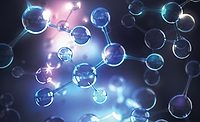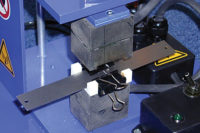
Montana Biotech Corp. responded to a request by the Strategic Environmental Research and Development Program (Department of Defense, Department of Energy, Environmental Protection Agency), Arlington, Va., for development of an environmentally friendly adhesive. Rather than modifying a petrochemical-based adhesive or doing further work on mollusks, the biotech company proposed bacteria as the source for a natural adhesive.
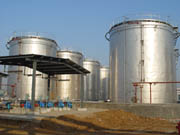
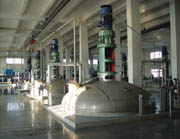
The EPS raw material is called C-902 Polymer. It is a high-molecular-weight polysaccharide made from a renewable resource. It is excreted from the bacterium, allowing it to be inexpensively separated from the biomass. Unlike highly branched polysaccharides such as xanthan gum, C-902 does not expand in water. The water-based polymer is non-cytotoxic and is biodegradable.
The “green” adhesive has good tensile strength and shear strength on aluminum, depending on the surface finish. (See table.) Bond shear strength is greater than the substrate for medium-density fiberboard, particleboard and fir. The material is very resistant to organic solvents such as d-limonene and jet fuel. The cured adhesive loses strength after a few hours under water but maintains full strength in an environmental chamber during an 85-percent humidity, one-week temperature-cycling program between 30 and 60 degrees C. After curing, the adhesive bond can be broken, moistened and rejoined.
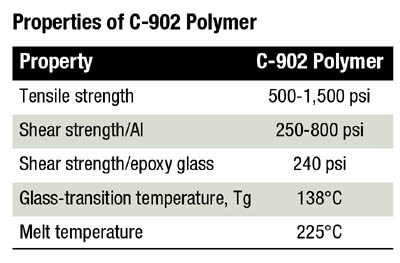
For more information:
Additional information on C-902 Polymer is available from Montana Biotech Corp., 1910-107 Lavington Court, Rock Hill, SC 29732; phone 803-980-4052;e-mail mtbiotech@comporium.net.
